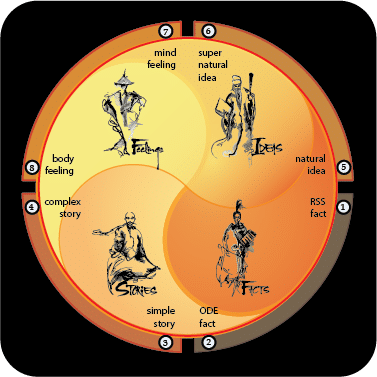How many people with autism have developed a phobia specifically related to one of their sensory processing abnormalities?
[Please forgive my long response. Personality is my special interest.]
My first thought is, asking this is like asking if a bear does his business in the woods.
Yes. Having strong personal reactions to things is an inherent part of having an autism. I certainly do.
My second thought is, using a medical model word (phobia) to label these reactions (strong reactions an autistic person associates to a specific sensory and/or intellectual processing sensitivity) just furthers the idea that autism is brokenness.
We are not broken people. We are people with minority personalities. And we can have phobias. But things inherent to our Autism should be seen as sensitivities, not phobias.
For instance, people with Asperger’s (I’m never going to stop using this word) process words differently than most people.
For most people, words have multiple meanings based on the context. I call this way of processing words, “semantic fuzziness.” Whereas for people with Asperger’s, words have a single, context-independent meaning. I call this way of processing words, “semantic fussiness.”
This explains why people with Asperger’s are extremely sensitive to semantic inconsistencies. They each have a personal dictionary in which each word has one meaning. Hence their tendency to correct minor semantic inconsistencies in the way they and others use words.
Likewise, people with Kanner’s Autism (the complementary opposite kind of autism to Asperger’s) process physical sensations differently than most people. For most people, physical sensations have multiple meanings based on the context. I call their way of processing sensation, “five-sense fuzziness.” Whereas for people with Kanner’s Autism, physical sensations have a single, context-independent meaning. I call their way of processing sensation, “five-sense fussiness.”
How can these sensitivities lead to painfully strong reactions?
Years ago, I saw a thirty-something year old man with Asperger’s who had extreme reactions to a number of TV commercials from his childhood. In one, Smokey the Bear said, “Only you can prevent forest fires.” Despite having a Master’s Degree, at 32, he was still taking these words literally.
In another, the series of Crying Indian commercials, he was terrified of the actor playing the Indian. To him, something felt ominous about the Indian’s lack of words.
The point is, for most people, Smokey the Bear is cute and the Crying Indian is compassionate. And for anyone interested, helping people with Asperger’s to see past this kind of thing is often simple. Get the person to visualize a second, context-independent meaning, but in a context that makes them laugh.
In the case of Smokey, I had the man imagine he was sitting in an auditorium with thousands of kids, and that Smokey was pointing out at the audience as all the kids laughed and cheered. And in the case of the Crying Indian, we watched the commercials on YouTube. Then at one point, I enthusiastically pointed and said, “Look. He’s wearing a wig!” Which he was. (the actor was Italian, not Native American).
In the end, getting him to laugh cured the problems. After those interventions, the man laughed each time we spoke about those commercials.
Obviously, the remedy is not always this simple. I still at times cut tags out of shirts. But there’s no “difference” in personality that can’t be made to feel shameful. Just assign it a medical label.
